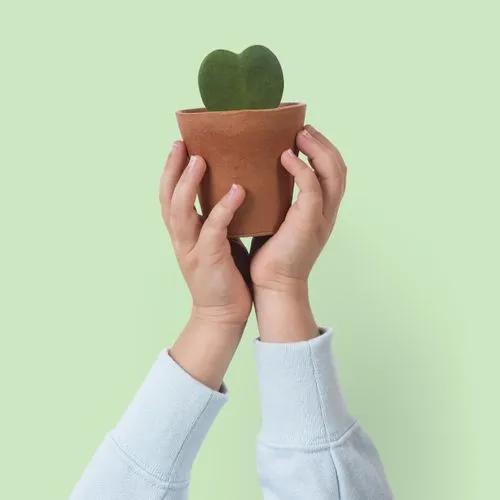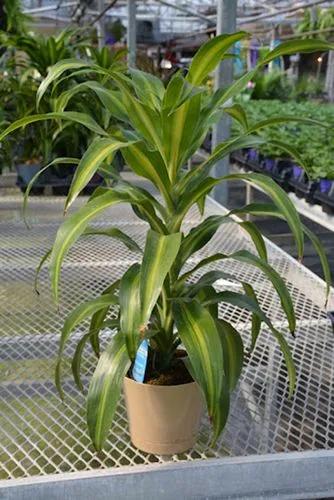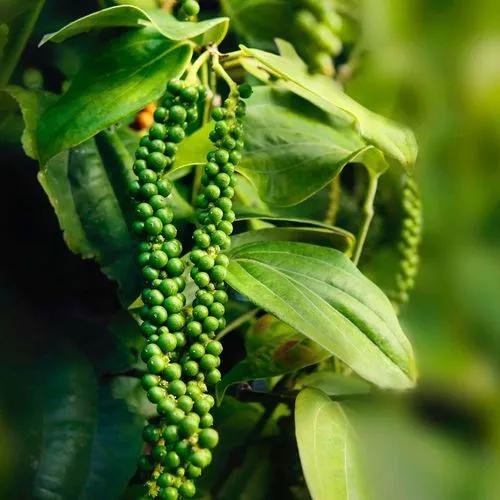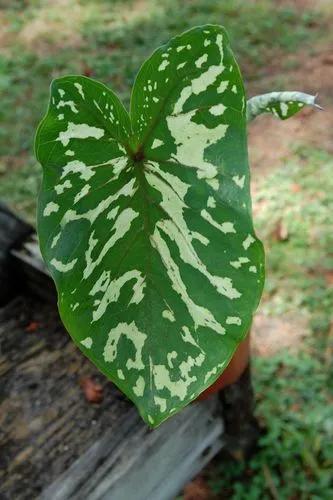Epipremnum is an evergreen perennial herbaceous liana. This species is called golden due to its color. Spots and stripes of golden yellow are irregularly scattered throughout the foliage surface.
Golden Pothos Care
Epipremnum aureum
Other names: Ivy Arum, Taro Vine, Devil’s Ivy



Golden Pothos can be found in the wild throughout the tropics from Australia to India. It's an evergreen vine that grows quickly and has fleshy dark green glossy heart-shaped leaves that are 2-6 inches (5 to 15 cm) long.
Indoors, the plant can reach a length of 7 ft (2 m) or more, and in the wild, it can grow up to 100 ft (30 m).
Ceylon creeper, hunter's robe, ivy arum, silver vine, Solomon Islands ivy, marble queen, and taro vine are some of the common names for the plant. It's also known as devil's vine or devil's ivy since it's nearly impossible to kill and it stays green in the dark. It can be invasive in Hawaii and Sri Lanka.
How to Care for the Plant

Water

Epipremnum should be watered only when the top layer of soil dries out. If the droplets begin to gather on the backside of Epipremnum leaves, watering is excessive and should be reduced. The plant prefers soft water, do not forget to filter it or let it settle for a few days before using.

Pruning

Pinch the tops regularly, for better tillering. In the spring, it is advisable to prune old shoots.

Fertilizer

Fertilizers should be applied every two weeks during the active growth period. It is advisable to use specially balanced mineral complexes created for lianas. Fertilizers for foliage plants are also suitable.

Sunlight

Golden pothos prefers diffused light and adapts to partial shade. It is possible to grow it at a distance of 2-6ft (0.5-2m) from a brightly lit window. However, under shady conditions, the color of the leaves becomes less variegated, and the leaves grow smaller.

Soil

It is advisable to use a ready-made universal potting mix. The perfect substrate is made of leafy, soddy soil, as well as sand and peat.

Propagation

Epipremnum propagates vegetatively: by layering, division of the shoot, or apical cuttings.

Temperature

Keep the temperature in the room in which the pothos is growing between 70-90˚F (21-32˚C). The normal room temperature is ideal for the Golden Pothos to thrive. Epipremnum, on the other hand, does not like drafts, thus it is not suited for growing on a balcony or in the windy garden.

Container

It’s better to grow Golden Pothos in a shallow yet wide pot so that it can take root properly. To drain excess water, drainage should always be installed at the bottom of the pot.

Fun fact

The name Epipremnum means "on the trunk". This fully explains the way of life of this plant: on the trunks of trees or shrubs.

Popularity

794,640 people already have this plant 57,576 people have added this plant to their wishlists

Common pests

The golden pothos often suffers from scale insects and aphids. To get rid of both, use insecticides and permethrin-containing drugs. Neem oil can be used as a natural alternative. Spray the plant with oil and repeat the procedure after a week.

Frequent diseases

- Curling leaves indicate a lack of fertilization.
- Brown spots on the leaves and twisted tips demonstrate low humidity. To moisturize a plant, spray it more often and place the plant in a container with wet expanded clay or pebbles.
- Rotting stems signal excess moisture in the soil or very low growing temperatures. Only transplanting and removing rotten roots will help.
- Loss of glossiness of the foliage indicates too much lighting. Move the green pet in partial shade.

Botanist’s tips

- Choose neutral or slightly acidic soil. It must have good air and moisture permeability.
- Do not fertilize Pothos frequently. During the period of active vegetative growth, in spring and summer, you need to fertilize the plant once every two weeks. It is best to choose a water-soluble fertilizer, mineral, or organic. In winter, feeding can be practically eliminated up to once a month or less.
- Repot your plant during the period between April and May. For young plants, it will be enough to transplant them once a year, but for adults, less often – once every three years. Do not forget about drainage: it is vital for transplantation. Otherwise, the root system of the plant will die very quickly. Without drainage, the liquid will stagnate, and nutrients will cease to flow, the rot will begin to form in a humid environment. In potos, the roots grow in the upper part of the soil, so a wide but shallow pot is ideal for transplanting.
- Prune your Pothos regularly. When pruning and shortening shoots, the growth of new shoots is stimulated, subsequently, a denser and lush bush is obtained.
Discover more plants with the list below
Related articles






